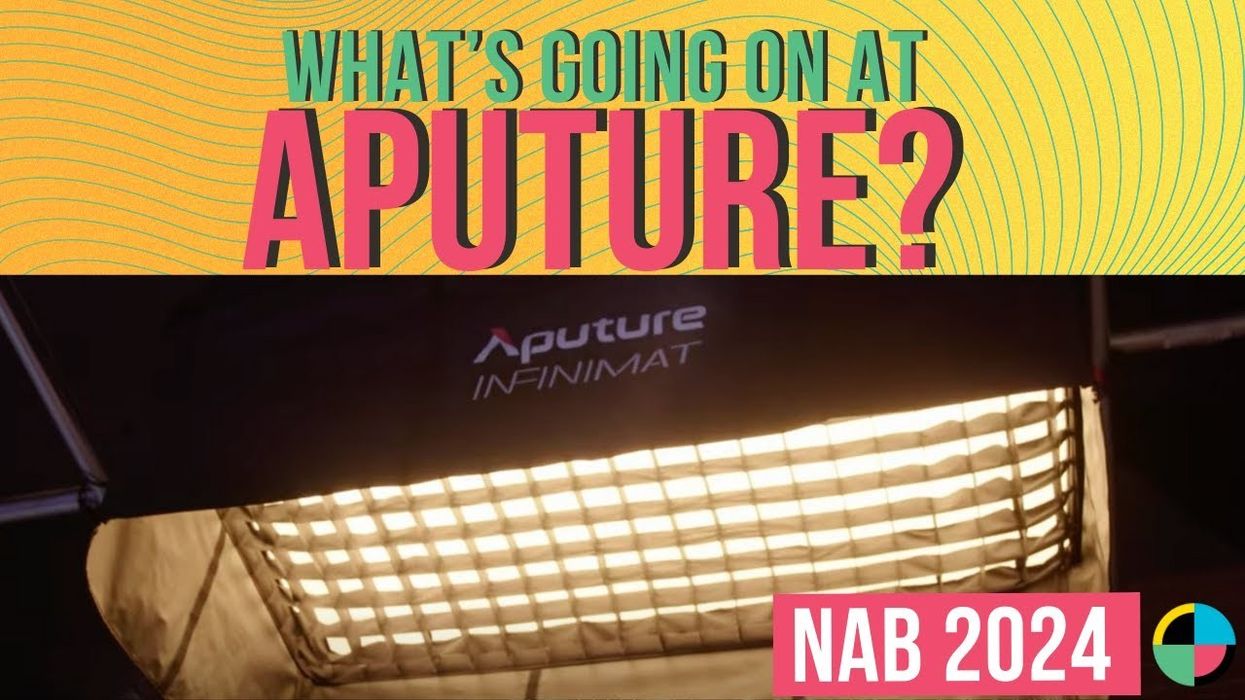Can Learning How to Tell Good Anecdotes Help You Be a Better Screenwriter?
What makes a film good? What makes a story good?

Filmmaking is a complicated art form, so much so that it's often difficult to really pinpoint exactly why a film or TV show is good. Usually we think it's sufficient to say that a good film makes us think and feel; that it has a good story. And that's true, but storytelling itself is another incredibly complicated art form, so much so that it's often difficult to blah blah blah...
The point of this pretty convoluted intro is to find out what it is about a story, with all of its moving parts, that makes an audience connect with it. Luckily, Simon Cade of DSLRguide does a much better job of exploring this topic in the video below.
When working with complicated things like storytelling and filmmaking, it's best to try to distill them down to their most important and basic forms. In the video, Cade says:
When we're watching our favorite films or shows, we know that they make us think, they make us feel, and that for a while we are immersed in this world with those characters. But films are so complex; it's hard to pinpoint exactly where that's coming from, so we say that a good film has a good story. But the story isn't just in the script.
According to Cade, the simplest form is the anecdote, which is essentially just a short, amusing story. In the screenwriting world, this is known as the logline, and if you've ever tried to write one, you know that sometimes they can be just as difficult to write as a full-length script. But, breaking down your story to its most essential parts can help you sift through the many ideas and details that may not be very helpful or interesting in your story, kind of like the bit about Cade's father's work schedule—not important, don't include it.
I like this idea of teaching yourself how to tell a good anecdote, because it takes you away from the confines of a desk and puts you right in front of people who will show you right away whether or not your storytelling skills are any good.
Source: DSLRguide












